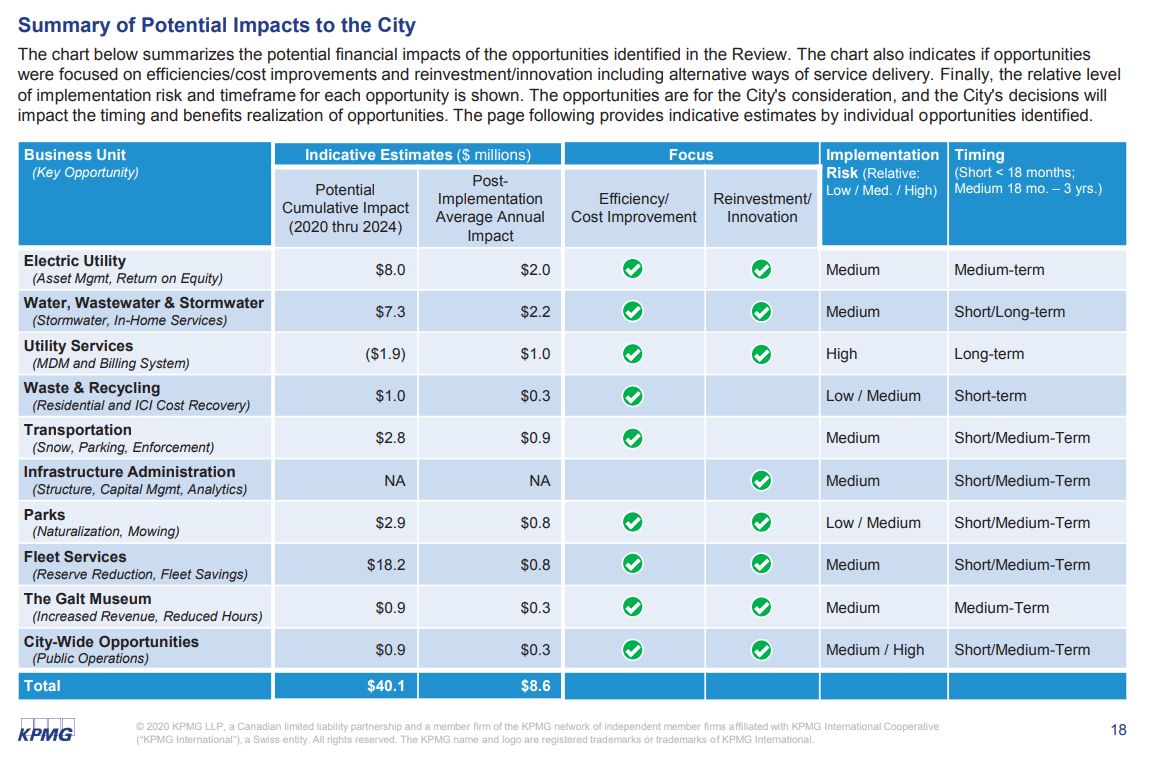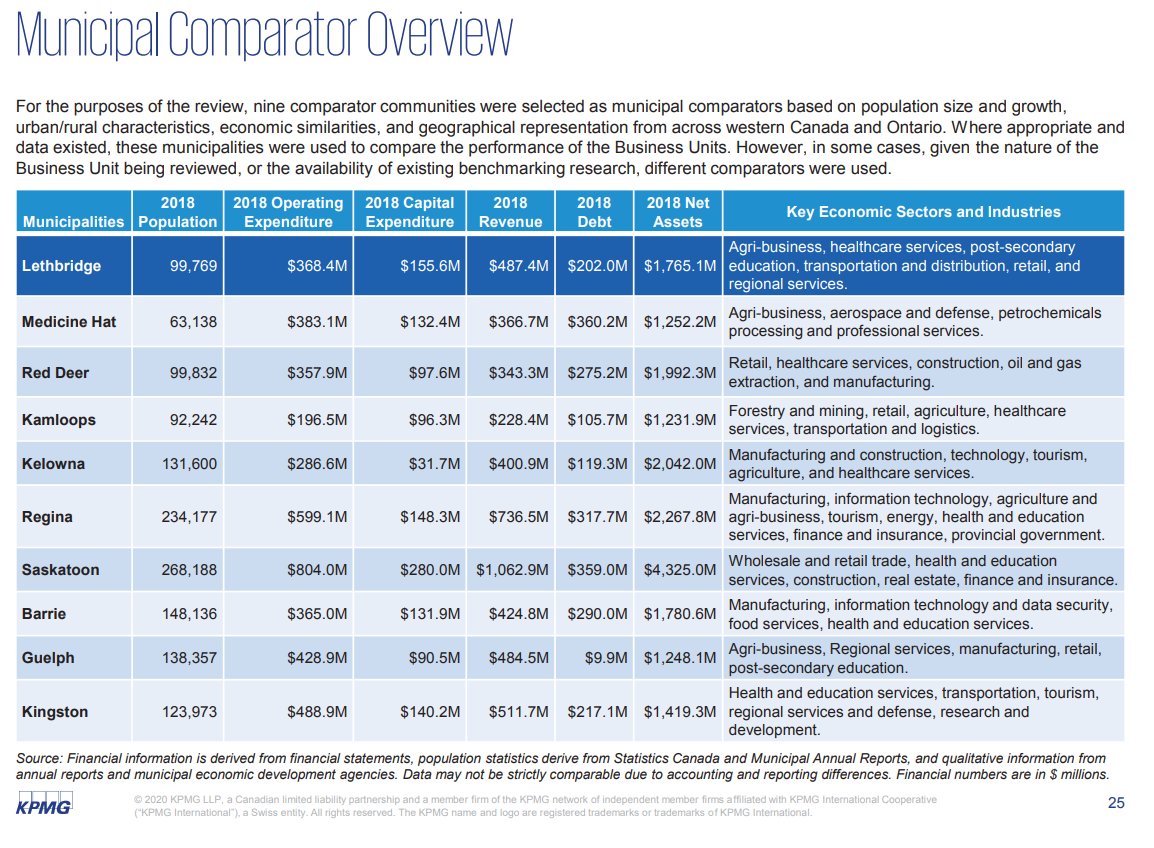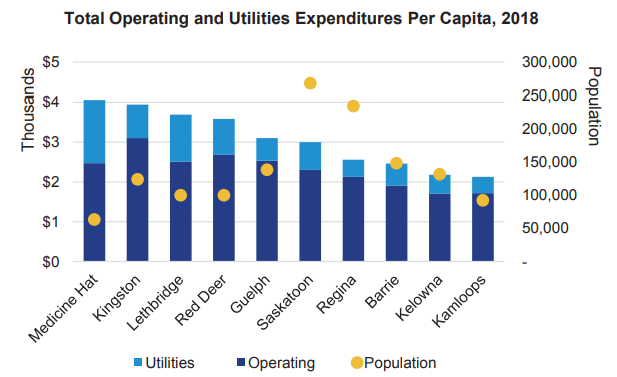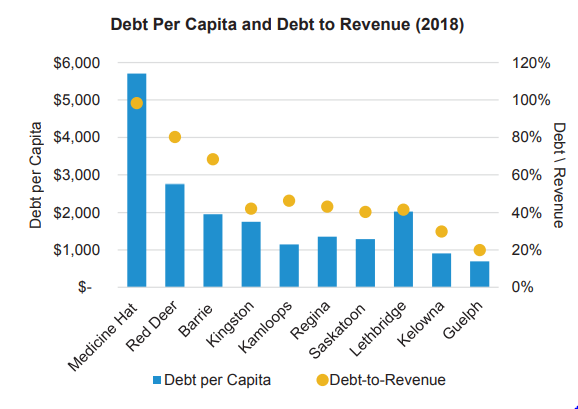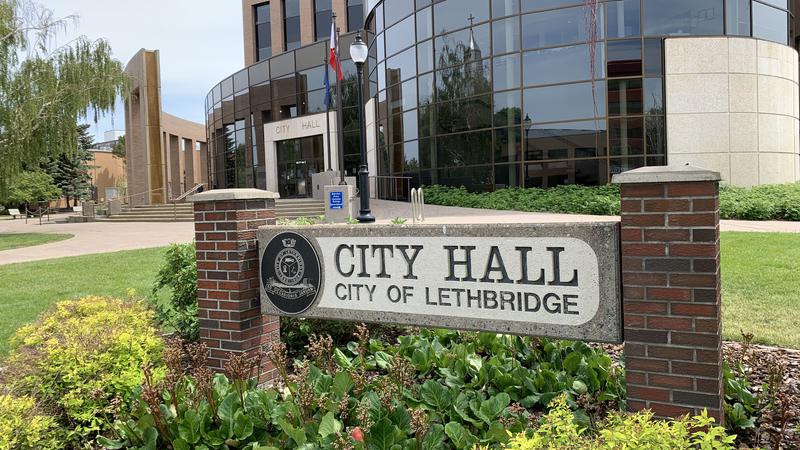
42 recommendations made to improve City of Lethbridge operations
LETHBRIDGE, AB – Phase 2 of the city’s operational review has come back and recommends many changes.
Completed by KPMG, the second part of their Fiscal and Operational Performance Review dove deep into nine different city-owned business units as well as some Lethbridge-wide opportunities.
“The operational review was a directive of Council as a way to help us make more informed budgeting decisions,” says City Councillor Jeff Coffman. “We certainly couldn’t have predicted a world-wide pandemic – and it may have impacted our ability to move forward on some of our phase 1 opportunities – but given what we are now facing, the timing of this phase two report couldn’t be better. It will influence decisions we make going forward, which will have a significant impact on how well we recover from COVID-19.”
The overall goal is to increase efficiency and reduce costs.

